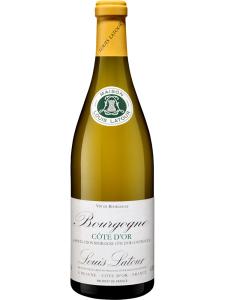-
中文名:
-
英文名:Bourgogne Cote d'Or
-
位置:
-
葡萄园面积:公顷
-
葡萄酒特点:
-
产区产量:
-
土壤:
Bourgogne Côte d’Or is a classification created in 2017. It is described as a Bourgogne with additional Geographical Denomination – in this case the heartland of the Burgundy region.
It applies to red and white wines produced in the 40 villages of the Côte de Beaune and Côte de Nuits. These may only be made from Chardonnay and Pinot Noir. Gamay and Aligoté are excluded, and may only be made as Bourgogne.
In the year of inception there were just under 200 hectares of Pinot Noir and around 90 hectares of Chardonnay within the appellation (c. 495 and 225 acres). It has been estimated that the total might rise to 1,000 hectares, (2,470 acres) with a similar red: white split.
The denomination serves elevate the “junior” vineyards and wines made here from the equivalent designation in less revered parts of Burgundy. In basic terms, it can help explain why one Bourgogne Pinot Noir (or Chardonnay) costs considerably more than another.
Reaction to the new designation has been mixed, with some portraying the exercise as a way to raise prices. The addition of another appellation has been bemoaned by some who feel most consumers find Burgundy confusing enough already. Others point to the relative familiarity of the term Côte d’Or with (slightly more informed) drinkers.
It is a similar situation among producers, who may welcome the extra flexibility and the chance to communicate geographic location within the Bourgogne AOP. Larger negociant firms have been among the more vocal supporters. Opponents, however, feel the designation is another step which dilutes the concept of terroir.



